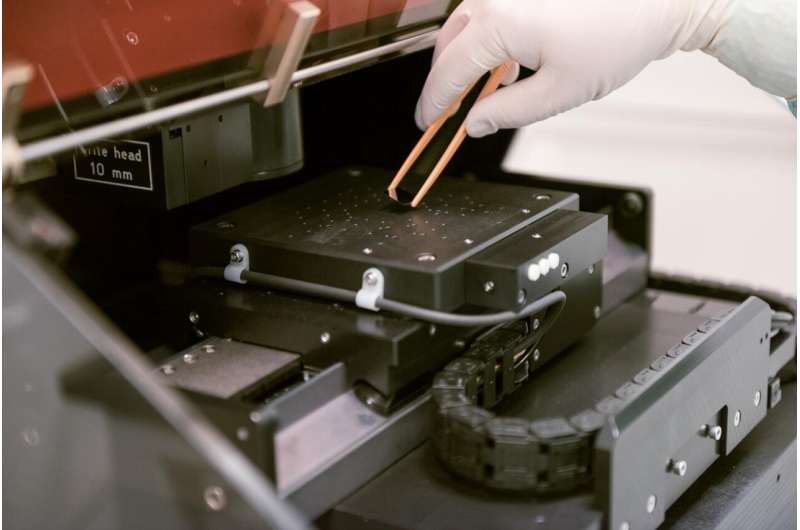Experimental proof for Zeeman spin-orbit coupling in antiferromagnetics

A NUST MISIS professor was part of an international research team that has found evidence for the existence of the Zeeman spin-orbit coupling in antiferromagnetic conductors. This work may pave the way for the next generation of electronics. The study was published in npj Quantum Materials.
The electron possesses two fundamental properties: charge and spin. Conventional electronic devices use only the charge of the electron for information processing. In recent years, an enormous research effort has been focused on building fundamentally new electronic devices (often called 'spintronic devices') that would specifically exploit spin properties in addition to charge degrees of freedom. Transfer from conventional electronics to spintronics technology opens the possibilities to construct devices with high storage density and fast operation. The two-component nature of spin-based systems makes them potentially applicable for quantum computing.
Current effort in designing spintronic devices is focusing on understanding and making use of spin-orbit coupling, an interaction between the orbital angular momentum and the spin angular momentum of an individual particle, such as an electron. However, spin-orbit coupling occurring in many compounds is often weak or its emergence requires the use of heavy components. One way to overcome spin-orbit coupling related challenges could be the use of antiferromagnetics. A spin-orbit coupling of an unusual nature, termed Zeeman spin-orbit coupling is expected to manifest itself in a wide range of ferromagnetic conductors. Being proportional to the applied magnetic field, the coupling is tunable. Yet, experimental proof of this phenomenon has been lacking.
The collaboration of a NUST MISIS physicist with colleagues from Germany, France and Japan produced, for the first time, experimental evidence of Zeeman spin-orbit coupling in two very different layered conductors: an organic antiferromagnetic superconductor, and a prominent electron-doped superconductor that belongs to the family of high-temperature cuprate superconducting materials. Obtained on two very different materials, the results of this work demonstrate the generic nature of the Zeeman spin—orbit coupling. In addition to its fundamental importance, the Zeeman spin-orbit coupling opens new possibilities for spin manipulation, much sought after in the current effort to harness electron spin for future spintronic applications.
"The Zeeman spin-orbit coupling can be significantly stronger than other known kinds of spin-orbit coupling, thus providing new avenues for the development of fundamentally new electronic devices", noted Pavel Grigoriev, Professor at the NUST MISIS Department of Theoretical Physics and Quantum Technologies, senior researcher at Landau Institute for Theoretical Physics.
More information: R. Ramazashvili et al, Experimental evidence for Zeeman spin–orbit coupling in layered antiferromagnetic conductors, npj Quantum Materials (2021). DOI: 10.1038/s41535-021-00309-6
Provided by National University of Science and Technology MISIS



















